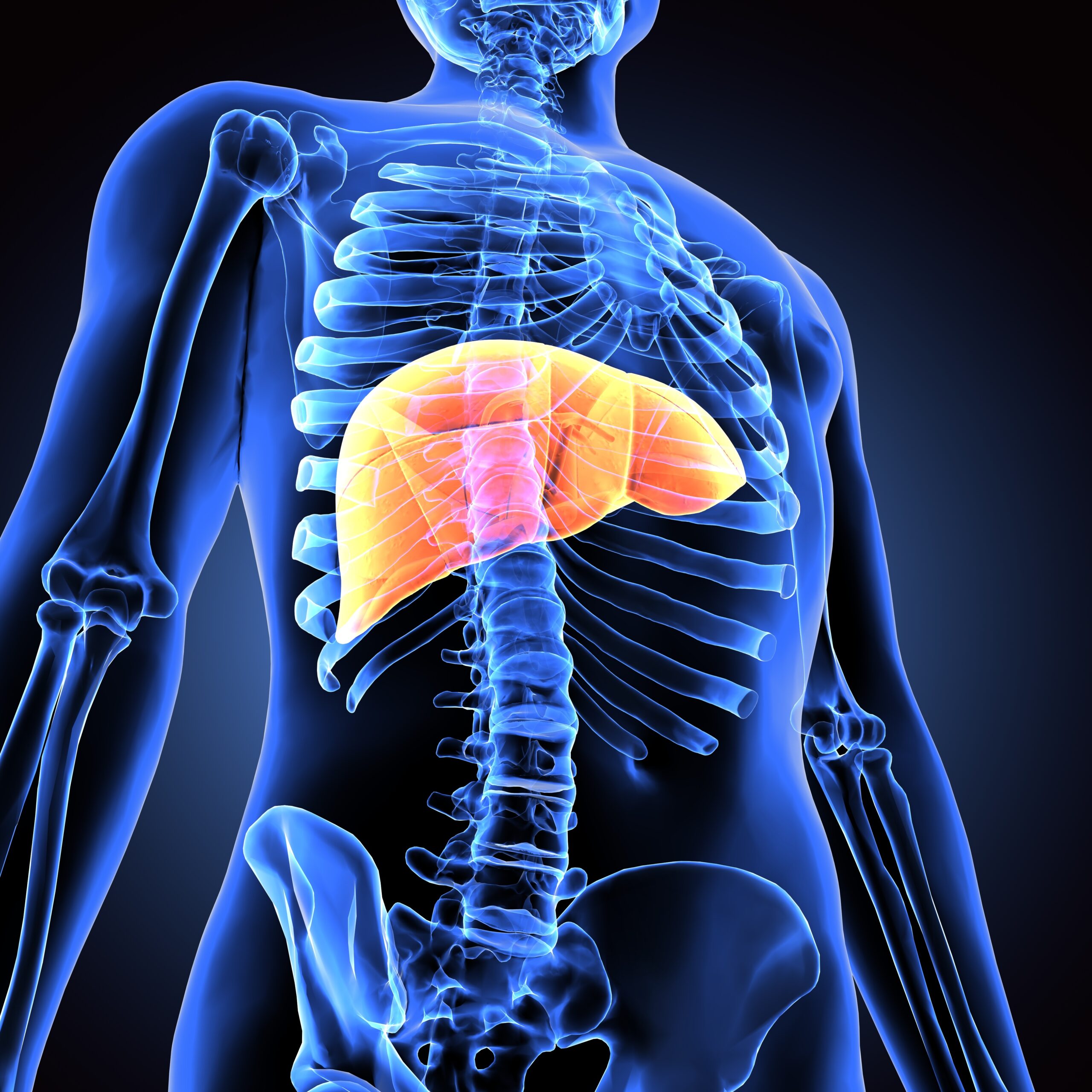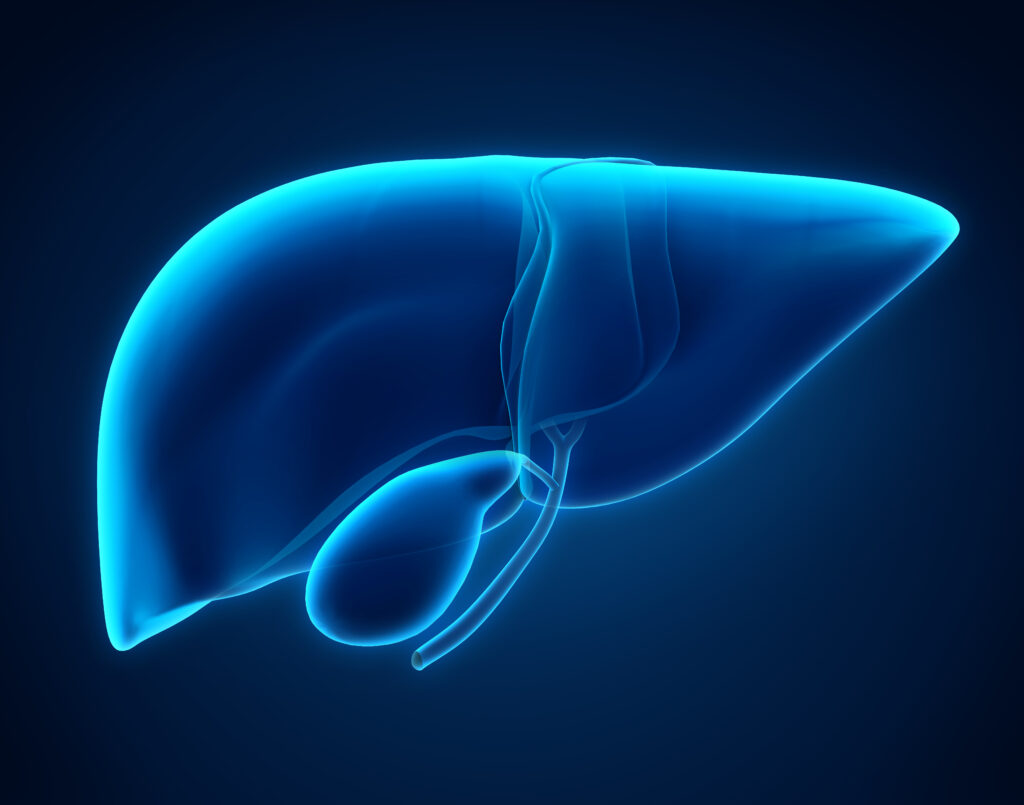We are pleased to present the latest issue of touchREVIEWS in Endocrinology, which offers a timely and thoughtprovoking collection of articles that reflect both the continuity and evolution of diabetes and metabolic disease research. In an era where technology, public health priorities and clinical paradigms are shifting rapidly, this issue highlights the importance of evidence-based practice, historical insight and innovation in endocrine care.
We begin with a poignant reflection on the UK Prospective Diabetes Study (UKPDS), now spanning 44 years, reminding us that well-designed trials have the power to inform care for decades. The enduring ‘legacy effect’ of early glycaemic control, as explored by Bhattacharya et al., reinforces an urgent call to act early and decisively in diabetes management. Next, Siminerio and colleagues review diabetes education, a domain where clinical knowledge alone is insufficient without the systems and support to empower patients.
Logothetis et al. spotlight a key innovation in care delivery by examining the integration of continuous glucose monitoring in ICU patients during the COVID-19 pandemic. It highlights how clinical necessity often accelerates technological integration, potentially redefining standard care practices even beyond the pandemic.
This issue also brings important systematic evidence to light: Dutta et al. present compelling findings on the early use of SGLT2 inhibitors after myocardial infarction, while Kamrul-Hasan and colleagues examine their emerging role in managing polycystic ovary syndrome. Together, these reviews reflect the expanding utility of this drug class beyond glucose control, an important shift in endocrine therapeutics.
Metabolic dysfunction-associated steatotic liver disease (MASLD), increasingly recognized in people with type 2 diabetes, is addressed in two articles. Williams et al. discuss the promise and challenges of non-invasive biomarkers, while Saha and colleagues evaluate practical screening tools in morbidly obese women in India, a population that often faces systemic diagnostic barriers.
Finally, we feature an original study from Myanmar by Aye et al., which provides fascinating insights into the pathophysiology of SIADH in elderly patients with urinary retention. Their work not only advances our understanding of a common electrolyte disorder but also suggests a pragmatic and safe intervention.
We would like to thank all those who contributed the insightful and informative articles included in this edition. A special thanks also goes to our editorial board for their continuing support and guidance. We are also grateful to all organizations and media partners for their ongoing support. We hope that you find these topical articles interesting and informative.
Linda Siminerio
Linda Siminerio, RN, PhD is Emeritus Professor of Medicine and Professor of Nursing, Health and Community Systems at the University of Pittsburgh. She has led a career in diabetes research and education. An internationally recognized expert on self-management education and health care delivery models in both pediatric and adult populations, she serves as the Principal Investigator on many studies related to diabetes treatment. Dr Siminerio has authored numerous publications and served as editor on several diabetes journals. She was President of Health Care and Education, American Diabetes Association and Senior Vice President, International Diabetes Federation (IDF) and Past-Chair of the National Diabetes Education Program (NDEP). In these positions, she has organized and led national and international efforts on the development of programs, standards and care models directed toward health professionals, patients and the community. Dr Siminerio served as organizing chair for the International Diabetes Federation (IDF) World Diabetes Congress and IDF translation research program, Building Research in Diabetes Global Environments and Systems (BRIDGES).









